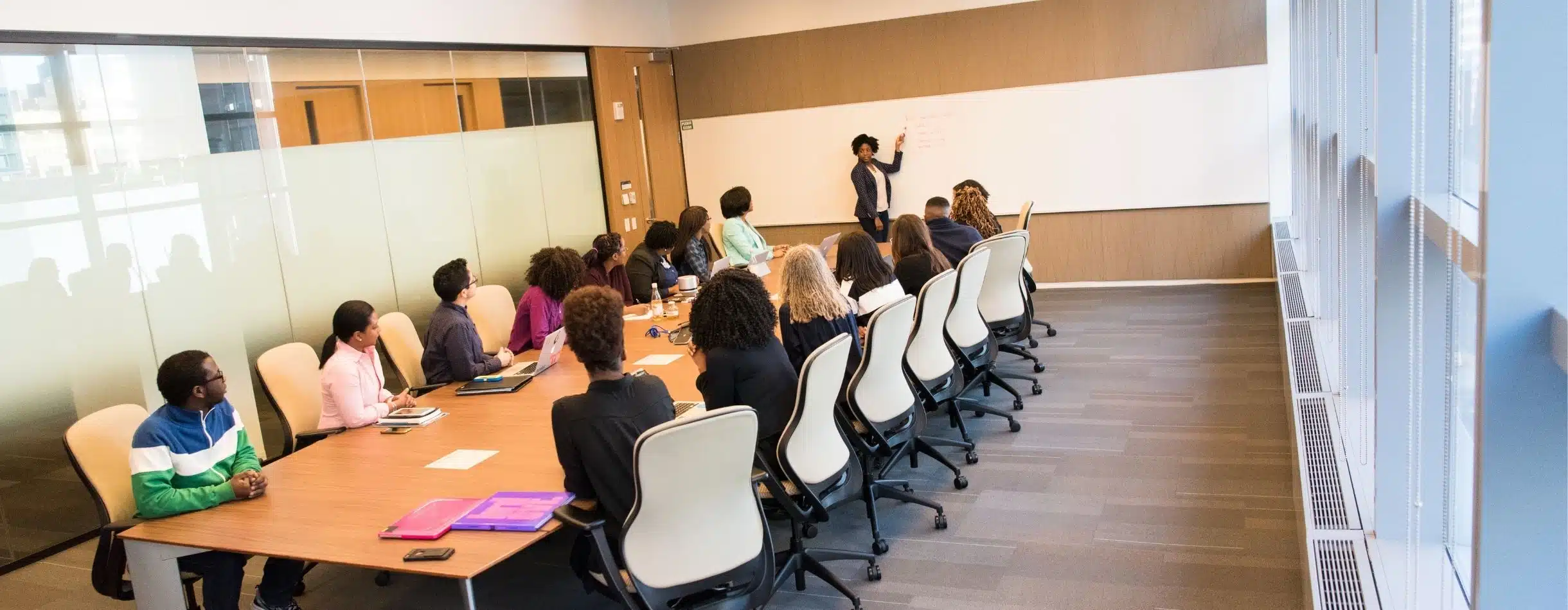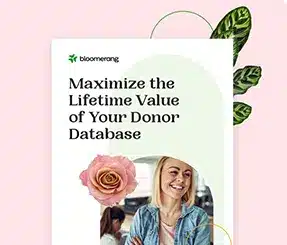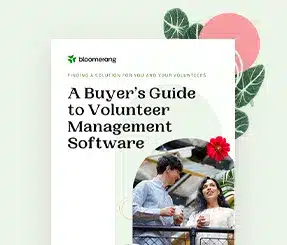Consent Agendas Can Improve Health And Human Services Board Meetings At A Critical Time


Full Platform Overview Chat With Us



Full Platform Overview Chat With Us




The past two years have shown us just how essential health and human services nonprofits are to the communities they serve. To sustain your mission-driven work, now is the time to strengthen your boards of directors and reevaluate the decision-making process.
As illustrated in the groundbreaking report, “A National Imperative: Strengthening Human Services in America,” health and human service nonprofits play an irreplaceable role in enhancing health outcomes and minimizing healthcare costs, in ensuring that children are safe in supportive neighborhoods and that succeed in school, in helping older people maintain a high quality of life, in helping people with disabilities live their lives fully, in building quality, affordable housing, and in providing crucial mental health and substance abuse services.
Yet, surveys also show that their boards can be more robust.
19.5 million board members serve 1.3 million U.S. nonprofits, according to the National Council of Nonprofits. Each board averages 15 board members.
Many health and human services board members want more time to discuss key strategic issues. “We never have time to discuss the really important things,” many board members complain. If you’ve heard that too, this post is for you.
Board meetings that are guided by a consent agenda likely avoid that complaint. Consent agendas are a common practice among governing bodies. The agenda is used to streamline the decision-making process by grouping routine or non-controversial items together on an agenda. The purpose is to save time and resources by handling these items with a single vote at the start of the meeting, allowing the board to focus on more critical or contentious matters. Generally, a half hour of time from each board meeting is saved.
Here’s how consent board meeting agendas typically work:
Nonprofits should consult legal counsel to ensure their consent agenda complies with any legal or regulatory requirements. Here’s a list of what’s required in each state.
BoardSource has special guidance about consent agendas which you can read here.
Here’s a deeper look at the power of consent agendas:
While consent agendas offer many advantages, it’s essential for organizations to strike the right balance. Not all matters should be placed on a consent agenda, and organizations should remain vigilant about ensuring that significant decisions receive the appropriate level of scrutiny and discussion. When used judiciously, consent agendas are a powerful tool for enhancing board efficiency and effectiveness.
Specific procedures for consent board meetings may vary between organizations. Some organizations may have strict rules about which items can be included in the consent agenda, while others may allow board members to suggest moving items to the regular discussion portion if they have any concerns.
Transparency and accountability are essential in consent agendas. Minutes should be kept to record the decisions made during the meeting, including any changes to the consent agenda and the outcomes of votes (or consensus results) on individual items. This helps ensure that the decision-making process is transparent and in accordance with the organization’s bylaws and regulations.
Health and Human Service Nonprofit Standards: A BDO Benchmarking Survey, now in its fifth year, helps industry leaders understand how their organization’s activity compares with peers. BDO’s snapshot for health and human service organizations is packed with subsector-specific insights and exclusive industry data offering concrete guidance to help HHS leaders drive their mission forward.
If you are seeking a Board self-assessment process, the legendary Simone P. Joyaux, ACFRE shared hers with us which you can use, too. Further, here are a dozen ways to keep board members engaged, interested, and actively involved drawn from nonprofit leaders interviewed by Forbes Nonprofit Council.
Think of the lavish gift you’ll give to your nonprofit by preserving the board’s time to focus on the really important issues.
Perhaps you’ll want to share this blog post with your board’s executive committee to generate discussion?
Have you used consent agendas? What challenges or success stories have you experienced in using them? Let us know your experience in the comments below.
Comments